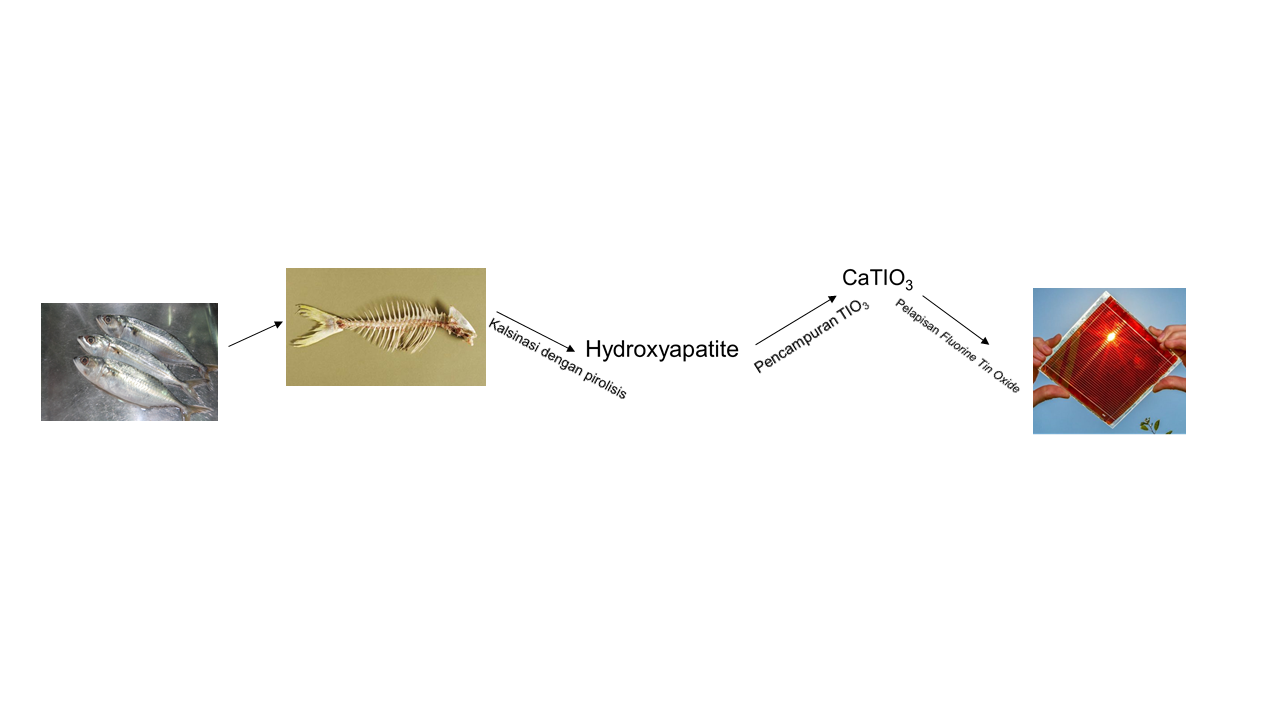If you look at the 7th SDGs target of “affordable and clean energy”, where these targets can be realized through several missions including the provision of appropriate technology that is affordable to the public, intensification of efficiency in use energy by the community, meeting the energy needs of the entire community, increasing the volume of renewable energy and the participation of study and research centers in the field of renewable energy that is applicable in providing energy needs for daily community activities.
Solar cells are a source of renewable electrical energy that is applied in various countries, both developed and developing countries. In principle, solar cells convert sunlight into electrical energy. We know that sunlight is an inexhaustible source of energy, especially for us people in tropical countries where the sun’s light intensity is very high. More specifically, solar cells in generating electrical voltage make use of the two-electrode contact phenomena which is connected to a solid or liquid system in the presence of sunlight trapped in the system. So that solar cells, in general, are an implementation of the effect photovoltaic that Henri Becquerel had previously discovered.
In the solar cell system, there are components of Perovskite solar cells (PSC) which are currently getting a lot of attention related to stability, continuity and understanding of the environment. PSC captures and absorbs light which will later be converted into electrical energy in a solar cell system. Thus, the PSCs used in solar cell systems are mineral-based materials, one of which is CaTIO3. If we look at the chemical structure of this compound, it contains the element calcium (Ca). CaTIO3 can be produced or synthesized by reacting titanium oxide with calcium-containing materials.
Looking at materials that contain calcium, we immediately refer to the potential of our aquatic products which are a very abundant source of calcium, where calcium from aquatic products is generally obtained from fish bones or shellfish. So far, fish bones and shellfish are byproducts of fishery products that have the potential to become pollutants if left unchecked or in other words, just thrown away. Thus, the fishery products business has applied in the concept of green productivity and blue economy by processing fish bones into collagen and gelatin extracts and using shellfish for handicraft materials. Furthermore, fish bones contain hydroxyapatite (Hap), a chemical form of the element calcium in biomass. Afiqah et al. (2020) in a scientific article entitled Marine calcıum hydroxyapatıte as embryonic materıal for excellent The performance of perovskite solar cell shows that CaTIO3 can be produced mechanochemically by mixing Hap which has been previously extracted from fish bones with TIO3 in water (deionized water) with the help of ultrasonication, which is then coated with a coating material fluorine tin oxide. The PSC from this research resulted in energy conversion of 5.3%, where in the future the PSC from shellfish has the potential as an alternative to conventional solar cells.
By looking at these facts, fisheries-based solar cells certainly not only have the potential to contribute for affordable and clean energy targets but can also contribute to the achievement of other targets related to a sustainable environment such as clean water and sanitation, sustainable cities and communities.
Author: Muhamad Nur Ghoyatul Amin
Afiqah , IQ, Aziz, NA, Nurhaziqah, AMS, Hasiah, S., & Amin, MNG (2020). Marıne Calcıum Hydroxyapatıte as Embryonıc Materıal for Excellent Performance of Perovskıte Solar Cell. International Journal of Nanoelectronics & Materials, 13.





